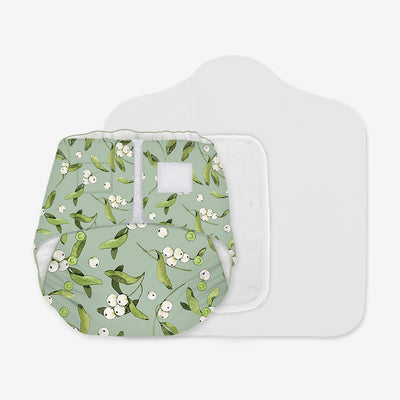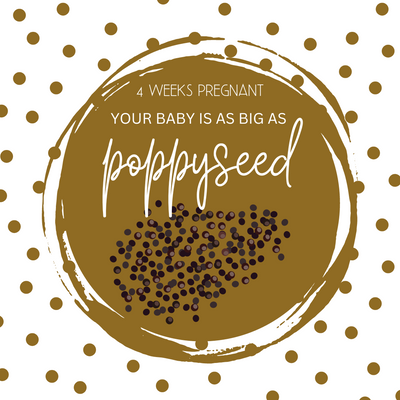Homemade Pregnancy Tests: A Comprehensive Guide to DIY Testing Methods

Are you wondering if you're pregnant but would like to explore a natural and affordable method to find out? Homemade pregnancy tests offer a convenient way to get some initial insights. In this article, we will discuss various homemade pregnancy test options, how they work, their accuracy, and other essential considerations. Let's dive into this comprehensive guide on homemade pregnancy tests.
How Do Homemade Pregnancy Tests Work?
Homemade pregnancy tests rely on simple chemical reactions between substances commonly found at home and the human chorionic gonadotropin hormone present in a pregnant woman's urine. The hCG hormone is released by the placenta shortly after fertilization. These tests aim to detect the presence of hCG to indicate pregnancy.
Homemade Pregnancy Test Methods:
The Toothpaste Test
1. Gather a small amount of toothpaste and a clean container.
2. Place a tablespoon of toothpaste into the container.
3. Collect a urine sample and add it to the toothpaste.
4. Observe the reaction. If the toothpaste turns frothy or changes color, it may indicate pregnancy.
The Sugar Test
1. Take a small amount of sugar in a clean bowl
2. Add a few drops of urine to the sugar.
3. Observe the reaction. If the sugar clumps together, it may suggest a positive result.
The Bleach Test
1. Mix equal parts of urine and bleach in a clean container
2. Observe the reaction. If the mixture fizzes or foams, it may indicate pregnancy.
The Vinegar Test
1. Combine a small amount of vinegar and urine in a clean bowl.
2. Observe the reaction. If the mixture changes colour or bubbles, it may suggest pregnancy.
The Pine Sol Test
1. Mix urine with Pine Sol cleaner in a clean container
2. Observe the reaction. If the mixture changes color or forms layers, it may indicate pregnancy.
The Dandelion Leaves Test
1. Collect fresh dandelion leaves.
2. Place the leaves on a clean surface
3. Urinate directly onto the leaves.
4. Observe the leaves after 10 minutes. If red bumps appear, it may suggest pregnancy.
The Soap Test
1.Wet a bar of soap with urine.
2.Observe the reaction. If the soap forms bubbles or froths, it may indicate pregnancy.
The Wheat and Barley Test
1.Take a handful of wheat and barley seeds.
2. Soak them in urine overnight.
3. Observe the reaction. If the seeds germinate, it could indicate the possibility of pregnancy.
The Urine and Drain Cleaner Test
1. Mix urine with a small amount of drain cleaner in a clean container
2. Observe the reaction. If the mixture changes color or forms a precipitate, it may indicate pregnancy.
The Tylenol Test
1. Crush a Tylenol tablet into powder.
2. Mix it with urine in a clean container
3. Observe the reaction. If the mixture changes color, it may suggest pregnancy.
The Mustard Powder Test
1. Mix mustard powder with urine in a clean container.
2. Observe the reaction. If the mixture turns brown, it may indicate pregnancy.
The Baking Soda Test
1. Combine urine with baking soda in a clean container.
2. Observe the reaction. If the mixture fizzes or bubbles, it may suggest pregnancy.
The Wine Test
1. Mix urine with a small amount of white wine in a clean container.
2. Observe the reaction. If the mixture changes color or forms a precipitate, it may indicate pregnancy.
The Salt Test
1. Gather a small quantity of urine in a sterile container.
2. Include a tiny amount of salt into the urine.
3. Observe the reaction. If the salt dissolves, it may suggest pregnancy.
The Onion Test
1. Cut an onion in half.
2. Place it in a clean container.
3. Urinate directly onto the onion.
4. Observe the onion after 10 minutes. If it turns brown, it may indicate pregnancy.
Factors Affecting Accuracy
When using homemade pregnancy tests, it's crucial to consider certain factors that can affect their accuracy. These factors include:
Hormone Levels
The accuracy of homemade pregnancy tests heavily depends on the concentration
of the hCG hormone in a woman's urine. The hormone levels can vary between individuals, and a test may produce different results at different stages of pregnancy.
Test Timing
Performing the test too early or too late can impact its accuracy. It's best to wait until after a missed period to increase the chances of obtaining accurate results.
Test Method Variation
Each homemade pregnancy test method has its own instructions and interpretation criteria. Following the specific instructions for each test is vital to obtain reliable results.
Other Factors
Other factors such as human error, contamination, and the quality of the substances used in the tests can also affect the accuracy of homemade pregnancy tests.
Pros and Cons of Homemade Pregnancy Tests
Homemade pregnancy tests have their advantages and disadvantages. Some pros of using homemade tests include their accessibility, low cost, and convenience. They can provide quick insights, especially in situations where access to commercial pregnancy tests is limited. However, it's important to consider the cons as well. Homemade tests may lack scientific validation, have varying levels of accuracy, and can be prone to user error.
When to Consult a Healthcare Professional
While homemade pregnancy tests can provide initial indications, it's essential to consult a healthcare professional for confirmation. Healthcare professionals can conduct clinical tests, such as blood tests or ultrasounds, which are more accurate and reliable for determining pregnancy.
Homemade pregnancy tests offer an alternative method for women to explore their pregnancy status. However, it's important to remember that these tests are not foolproof and should be followed up with a visit to a healthcare professional for proper confirmation. While homemade tests can be fun to try, it's crucial to rely on scientifically validated methods for accurate results.















